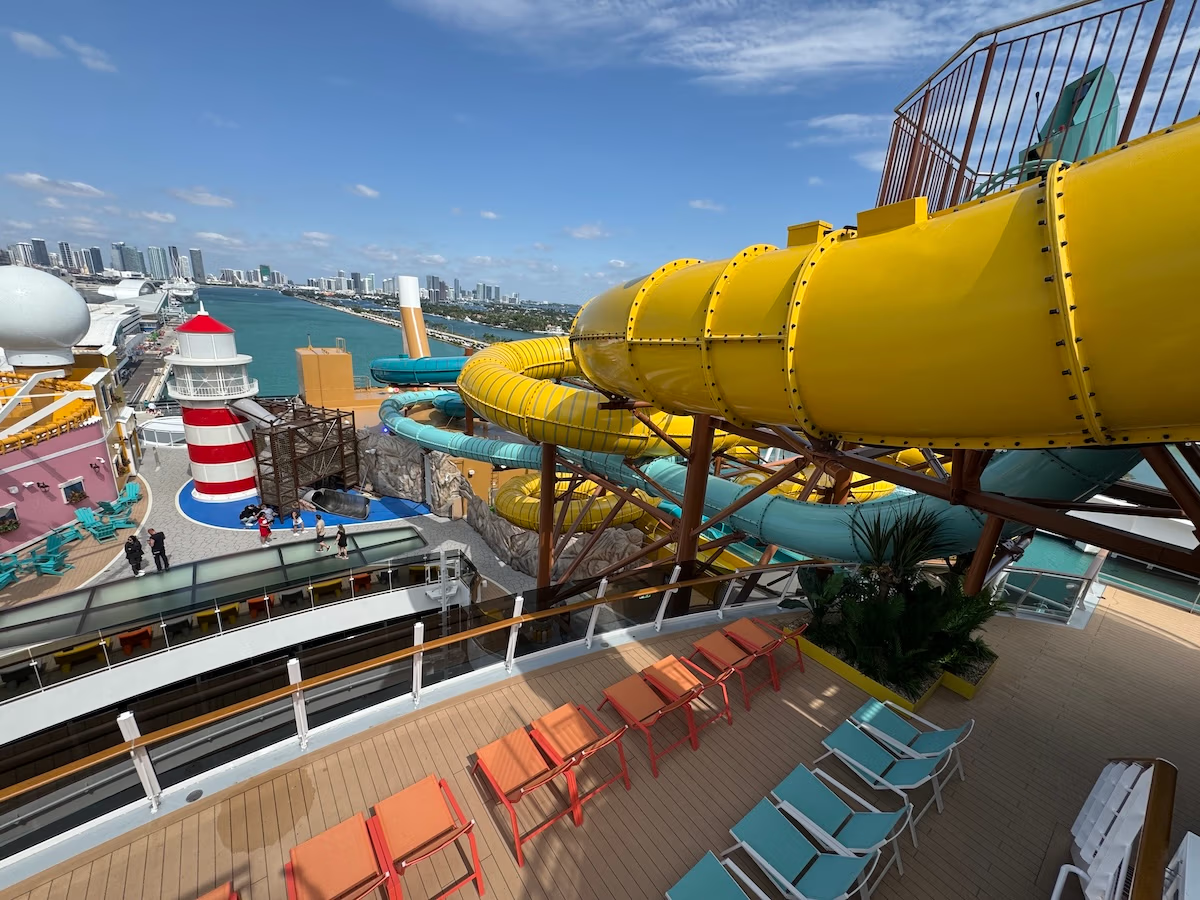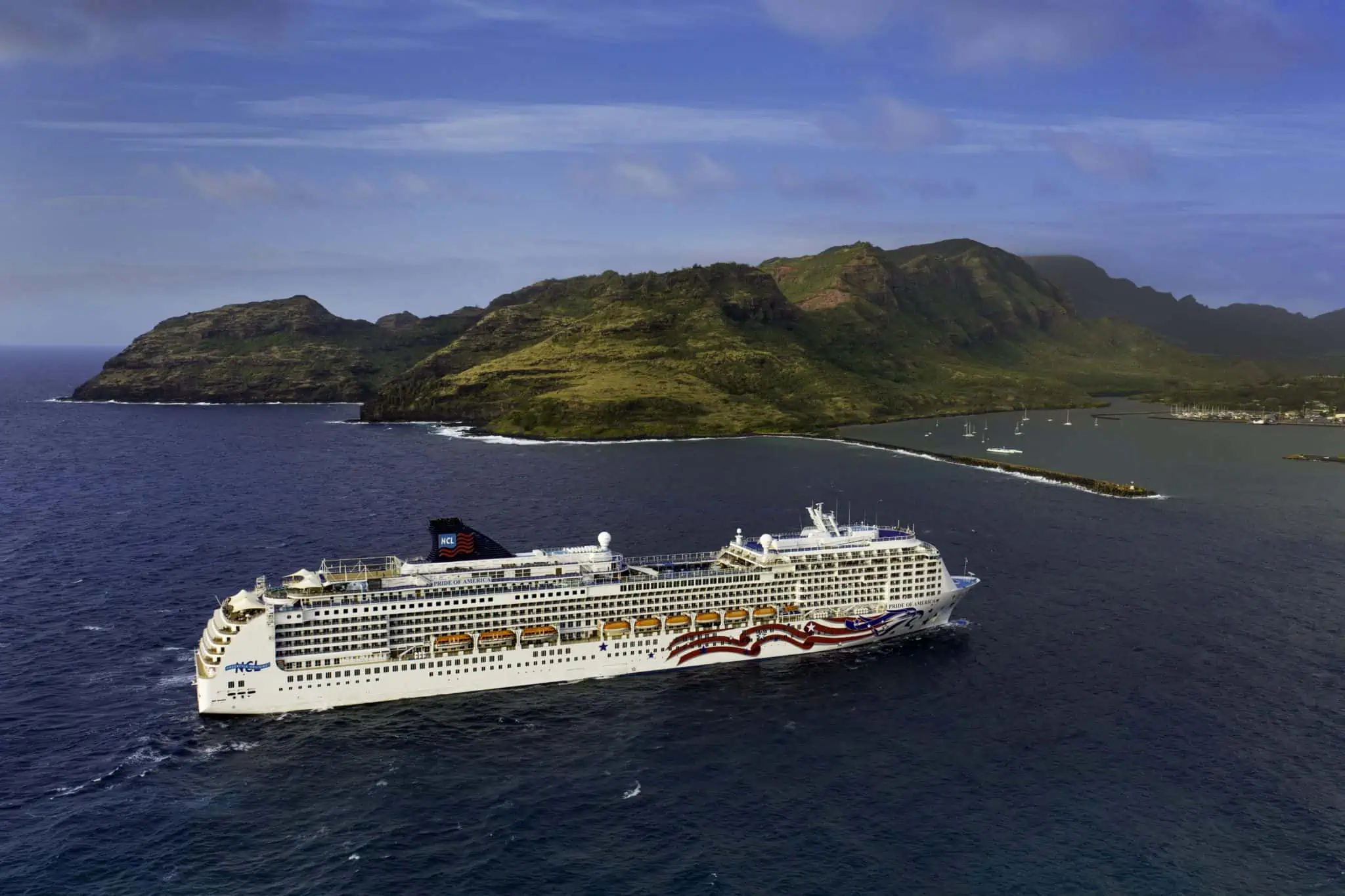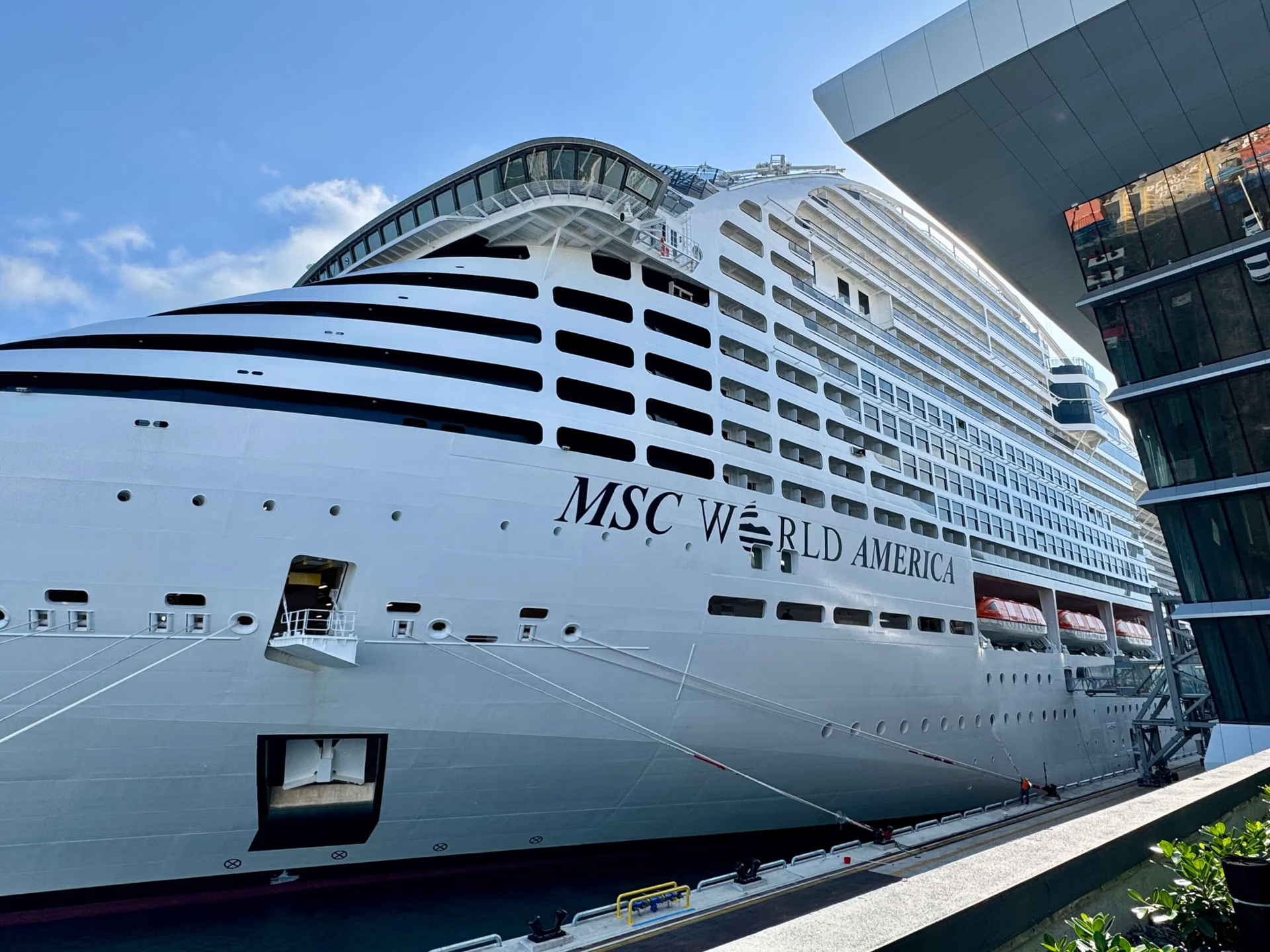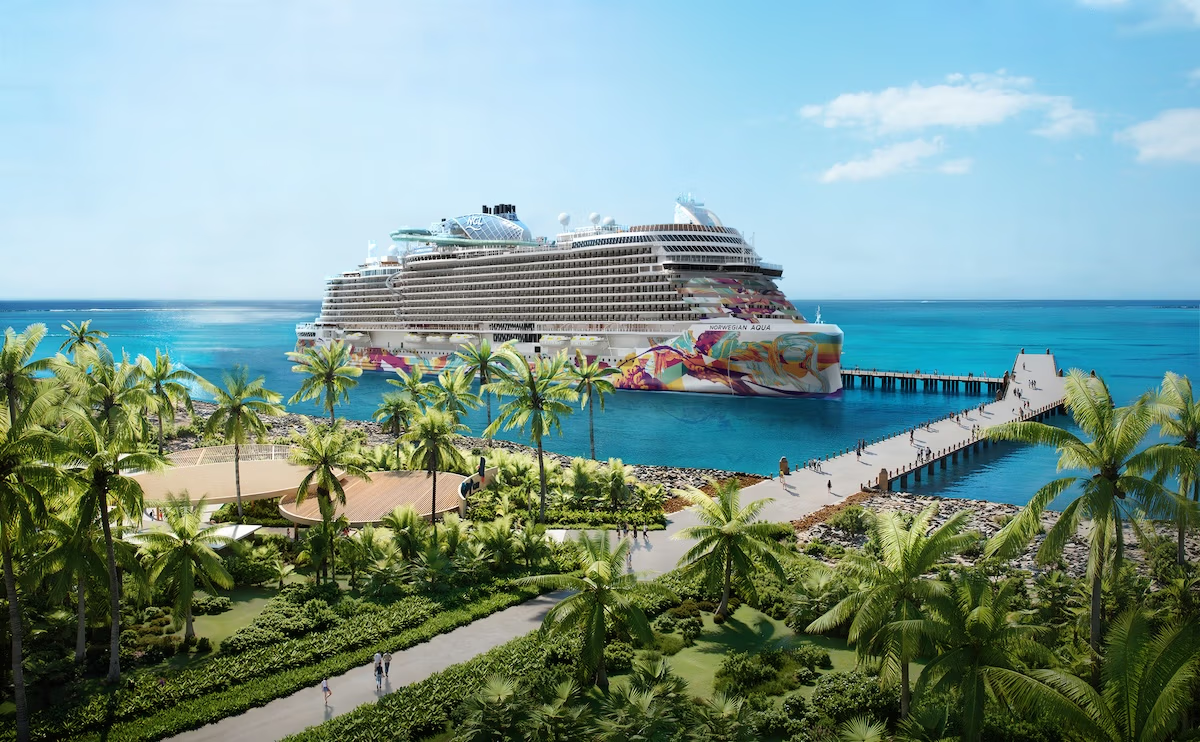Cruise lines rarely make headlines for safety innovation, but Ambassador Cruise Line hopes to change that.
While the company’s name might not ring a bell, its new AI-powered “man overboard” system tackles a safety issue everyone understands: a man overboard scenario.
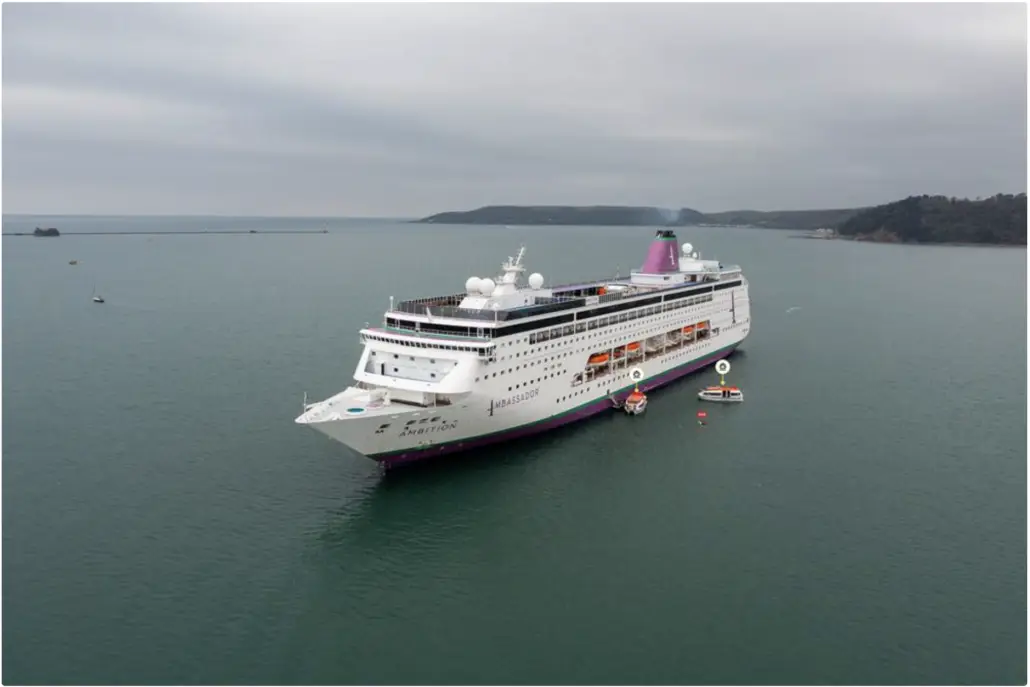
Ambassador’s ship Ambition is now equipped with ZOE, an advanced artificial intelligence technology designed to instantly detect, track, and pinpoint anyone who falls overboard, taking rescues at sea to a new level.
Ambition is now the testbed for this safety measure in the cruise industry, which hopes to dramatically improve response times during rare but dangerous man overboard (MOB) situations.
“With the safety of our passengers and crew our foremost concern, we were keen to put ZOE onboard,” said Nick Hughes, Chief Operating Officer at Ambassador Cruise Line. “ZOE gives our passengers and crew peace of mind that in the rare event of a MOB incident, bridge teams are immediately alerted and can track the person until rescue.
Real-Time Overboard Tracking

Unlike most systems that detect only a fall, ZOE goes further—continuously tracking the person in the water and providing precise geo-location data to help crews mount faster, more targeted rescues.
“Without continuous tracking, a drifting person can quickly disappear from view,” said Doug Lothian, Chief Technology Officer at Zelim. “ZOE doesn’t just alert the crew. It follows the person in the water, even in darkness or rough seas, giving rescuers real-time coordinates.”

According to Zelim, the technology is being tested to meet international safety standards (ISO 21195) and has already passed early certification stages with a 98% detection rate.
A former crew member explained, “Systems that detect when someone goes overboard aren’t new, but many cruise lines avoid using them due to frequent false alarms—like a towel blowing off the ship triggering the alert. Still, implementing these systems is definitely progress.”
More Than Just Man Overboard Detection
ZOE’s capabilities extend beyond man-overboard situations. Onboard Ambition also includes forward-facing cameras to detect hard-to-spot objects in the water—from floating debris to small boats—adding an extra layer of protection for the vessel and another eye for the navigational bridge team.

“It not only helps us respond quickly in emergencies,” said Hughes, “but also gives our watchkeepers better visibility of potential navigational hazards.”
The smart man overboard detection system first rolled out on oil rigs in the North Sea last year.
A spokesperson for the Cruise Line International Association (CLIA) told Cruise Radio, “Tragic accidents are exceedingly rare based on data tracked by CLIA. Even one incident is one too many—and railings are designed to prevent people from accidents. It is extremely rare for someone to go overboard or for accidents to occur from balconies (on average, the incent rate over the 11-year period from 2009 to 2019 is 0.0004).”
The cruise industry saw 19-man overboard events in 2024.


